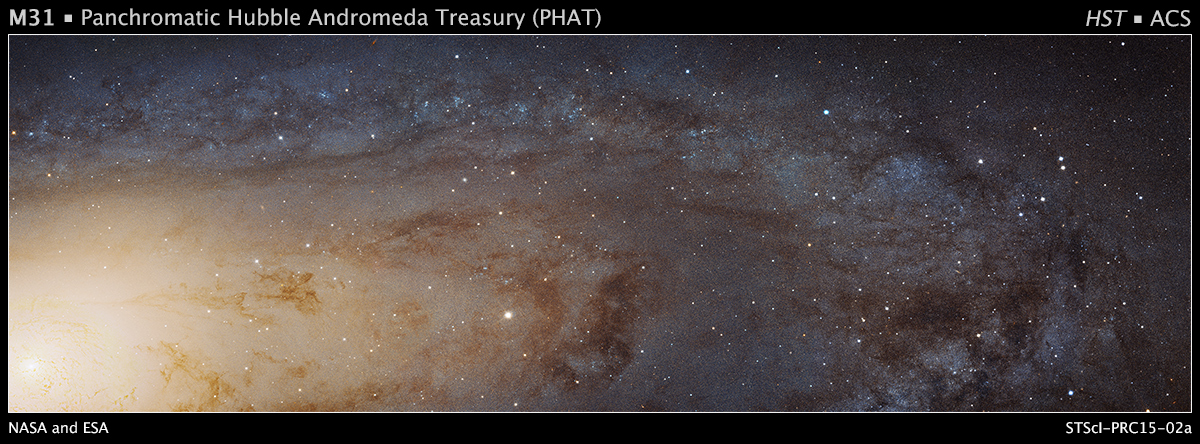Have you ever noticed the strange way in which vertical cell phone video is displayed on tv news. Here’s an example. Obviously the problem that the news stations are trying to address is what to do with all the extra space that the vertical format leaves open. I did a search this morning and was amazed to learn that it’s a rather heated topic. Our desktops and laptops cry out for horizontal image formats, and there are even those who are calling for a ban (self-imposed) on vertical formats. Some even want vertical photographs to be a thing of the past.
The problem of format pops up time and time again. Even as seemingly simple a task as formatting a webpage becomes complicated when there are so many formats that it is going to be viewed in. I love HatiandSkoll on my laptop, on my IPhone not so much.
Still when it comes to artistic photography, I think that we still need the freedom to crop to our aesthetic hearts’ desires. I tend to try to standardize my photographs around common print sizes (aspect ratios): horizontal 6 X 4 or vertical 4 X 6. This makes it easy to order borderless prints. Occasionally, I will go 10 X 8 or 8 X 10. And recognize that is in itself a throw-back to the dinosaur ages of film photography. But I often receive messages from photographer friends, who suggest cutting out a little of this or a little of that. These people are clearly of the school that aesthetics is the key, that there should be no standardization, and that the subject defines the aspect ratio. Again this is a throw-back, but not necessarily wrongly so, to the cretaceous, when one of the final steps in print production was trimming of the print.
So here’s the point, if you are going to take videos on your IPhone that you might send in to your local tv news station, I recommend yielding to convention and shooting horizontal. If you are putting all your images up on a webpage, you are likely to be happier with uniformity; so pick a format and try to stick with it. Few things look sloppier than a set of thumbnails all of different size. This is why I have tried to standardize my photographs. For your artistic work be prepared to crop to the exceptional format when the image demands. And note that in all of these cases, the visual trumps. The issue is what aspect of visual presentation is most important to you.




